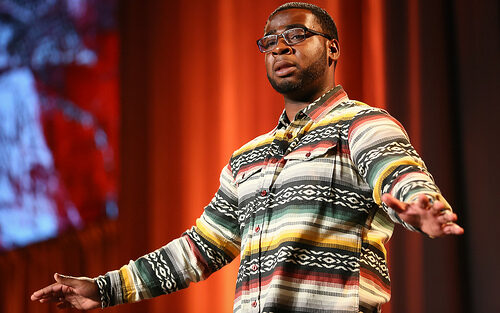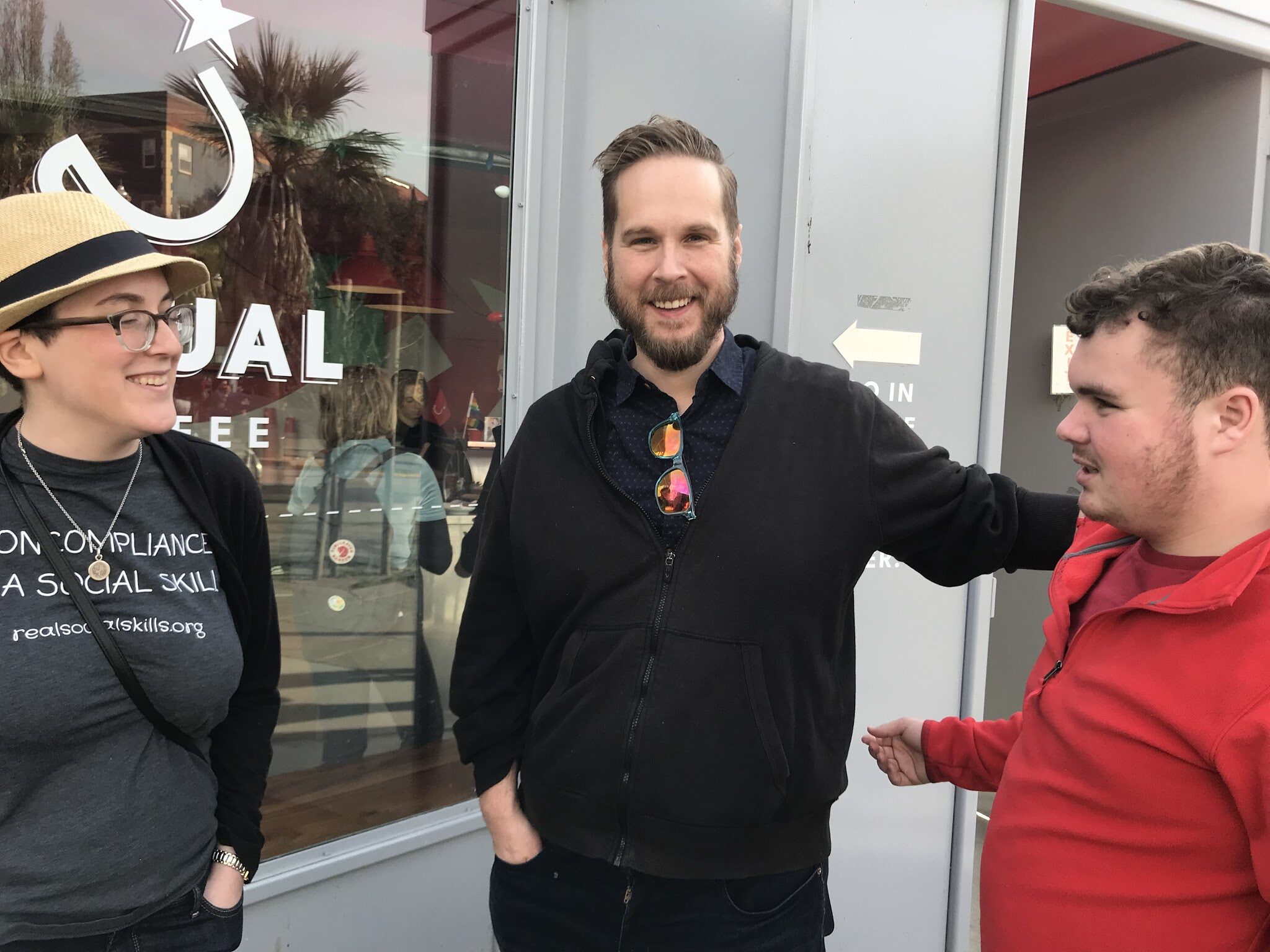If early intervention professionals truly want to serve autistic children, then they need to transition to better ways to guide our autistic kids, ways that don’t crush those children’s spirits and hearts.
Tag: Understanding Autism
Autistic people process our senses differently, and that’s okay! Autism makes us who we are, and sensory processing is an important part of being autistic. People should try and understand autism and how it makes us different, instead of trying to change us.
Autistic children endure a lot of ‘behaviour analysis,’ usually done by non-autistic people who are not trained to interpret autistic behaviour and motivation.
I believe that the best way to understand autistic minds is in terms of a thinking style which tends to concentrate resources in a few interests and concerns at any time, rather than distributing them widely.
Do autistic people suffer? Sadly yes, lots of us do. Do we suffer from autism? No, I do not think so. That is why I do not hate autism.
Functioning labels do not always relate to people’s real skills and can be based on hurtful stereotypes about autistic people. They also assume that people’s skills cannot change over time.
From its inception, not only did the neurodiversity movement’s values include the most significantly disabled, but those individuals themselves were among our earliest pioneers.
Eye contact, who’s it for? It’s not for the autistic child. It’s for the recipient. It’s for their own validation to reassure them that you know they exist. That you are aware they are speaking that you comply. That you acknowledge them.
This is a mini-guide for parents to think about autistic matters and perspectives they may not know about, and which may help them and their kids live the Best Lives Possible.
Autism is so much a part of who your child is that many of us Autistic adults who are able to communicate, and who choose to talk about being Autistic, will tell you that it hurts us to hear or read phrases like “fight autism,” because it feels like people want to fight us.









